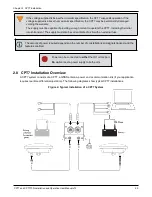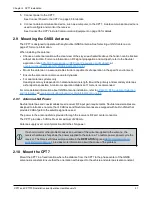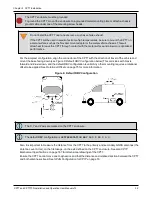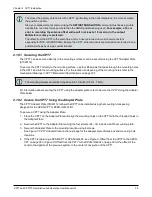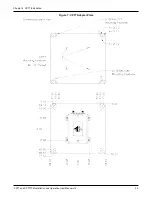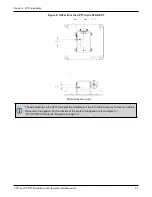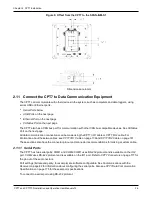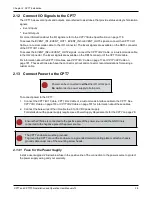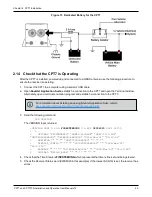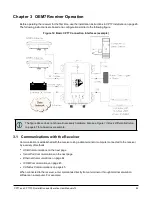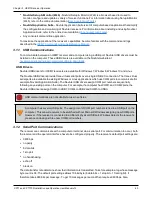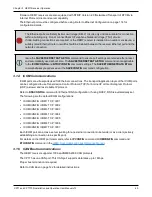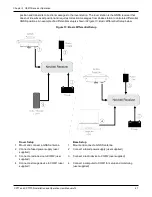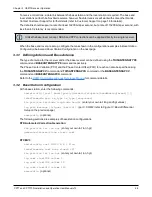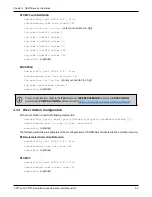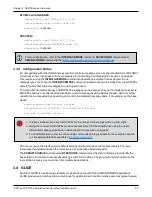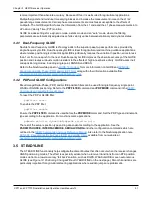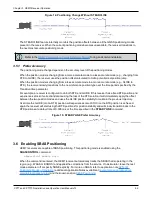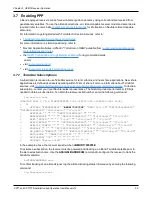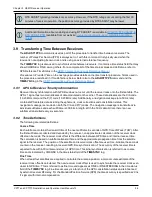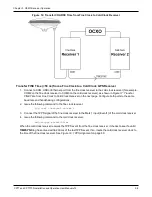
Chapter 3 OEM7 Receiver Operation
CPT7 and CPT7700 Installation and Operation User Manual v12
43
l
NovAtel Setup & Monitor (Web)
- NovAtel Setup & Monitor (Web) is a browser based tool used to
monitor, configure and update a variety of receiver functions. For information about using Setup & Monitor
(Web), refer to the online documentation (
).
l
NovAtel Application Suite
- NovAtel Application Suite is set of computer based applications that simplify
the configuration and monitoring of NovAtel receivers. For information about installing and using NovAtel
Application Suite, refer to the online documentation (
).
l
Any console/command line application
To maximize the application of the receiver’s capabilities, become familiar with the commands and logs
described in the
OEM7 Commands and Logs Reference Manual
3.1.1 USB Communications
To communicate between an OEM7 receiver and a computer using a USB port, NovAtel USB drivers must be
installed on the computer. These USB drivers are available on the NovAtel website at
novatel.com/support/support-materials/software-downloads
USB Drivers
NovAtel USB drivers for OEM7 receivers are available for Windows 7, Window 8, Windows 10 and Linux.
The NovAtel USB drivers provide three virtual serial ports over a single USB 2.0 connection. The three virtual
serial ports are available to existing Windows or Linux applications which use COM ports to communicate (for
example, NovAtel Application Suite). The NovAtel USB drivers assign COM port numbers sequentially
following any existing ports on the computer. For example, if a computer has COM1 and COM2 ports, the
NovAtel USB drivers assign COM3 to USB1, COM4 to USB2 and COM5 to USB3.
USB communications are not suitable for use in vehicles.
A computer has several USB ports. The assignment of COM port numbers is tied to a USB port on the
computer. This allows receivers to be switched without Microsoft Windows assigning new COM ports.
However, if the receiver is connected to a different physical USB port, Windows detects the receiver's
presence and assigns three new COM port numbers.
3.1.2 Serial Port Communications
The receiver can communicate with a computer or terminal via a serial port. For communication to occur, both
the receiver and the operator interface have to be configured properly. The receiver’s default port settings are:
l
9600 bps
l
no parity
l
8 data bits
l
1 stop bit
l
no handshaking
l
echo off
l
break on
The data transfer rate determines how fast information is transmitted. Take for example a log whose message
byte count is 96. The default port settings allows 10 bits/byte (8 data bits + 1 stop bit + 1 framing bit). It
therefore takes 960 bits per message. To get 10 messages per second then requires 9600 bps. Also

